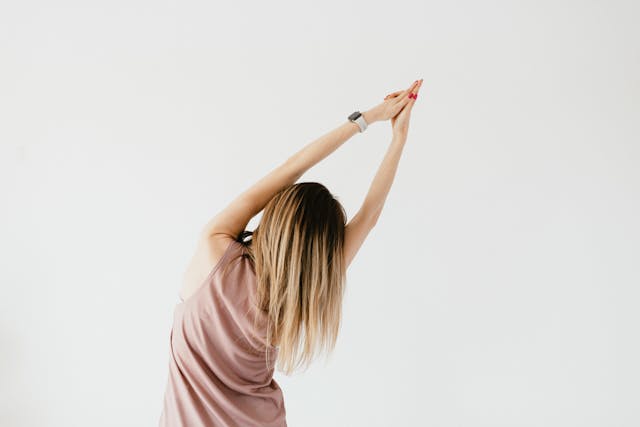Regular engagement in exercise, occurring 2-3 times weekly over a decade, correlates with a decreased risk of current insomnia and enhances the likelihood of achieving the advisable 6-9 hours of sleep nightly, as detailed in a comprehensive 10-year international study published in the open access journal BMJ Open. This study reinforces the well-established link between regular physical activity and improved overall health, highlighting that exercise not only enhances sleep quality but could also alleviate symptoms of chronic insomnia. The analysis, however, noted that the impact of variables such as gender, age, body mass index (BMI), overall fitness levels, general health, and the type of exercise on this relationship remains somewhat ambiguous.
The researchers left no stone unturned in their quest to understand the relationship between exercise and sleep. They meticulously assessed weekly exercise frequency, duration, and intensity, along with symptoms of insomnia, actual sleep duration, and daytime sleepiness among middle-aged adults across 21 centres in nine European countries. Drawing participants from the European Community Respiratory Health Survey, the study included 4399 individuals (2085 men and 2254 women) who provided data on their physical activity habits at the start (ECRHS II; 1998-2002) and ten years later (ECRHS III; 2011-2014). They also provided information on insomnia symptoms using the Basic Nordic Sleep Questionnaire, sleep duration, and daytime sleepiness assessed by the Epworth Sleepiness Scale.
Among the participants, 37% remained inactive over the ten years, 18% became active, 20% became inactive, and 25% consistently engaged in physical activity. Notably, participants in Norway exhibited the highest rates of consistent activity, whereas those in Spain and Estonia showed the highest inactivity rates. Consistently active participants typically were younger men with slightly lower body weight who were less likely to smoke and more likely to be employed.
After adjusting for factors like age, gender, BMI, smoking status, and location, those consistently active were significantly less likely to experience difficulties in falling asleep by 42%, showed a 22% reduced risk of any insomnia symptoms, and had a 40% lower likelihood of reporting multiple insomnia symptoms. Moreover, other factors such as age, being female, and higher body weight were also independently linked to insomnia symptoms.
Regarding total nightly sleep hours and daytime sleepiness, after adjustments, those who were consistently active were more likely to maintain regular sleep patterns. In contrast, those persistently inactive were more likely to experience disrupted sleep. Specifically, consistently active individuals were 55% more likely to be normal sleepers and significantly less likely to experience extremely short (less than 6 hours) or long (more than 9 hours) sleep durations. Meanwhile, those who transitioned from inactive to active status showed a 21% improvement in achieving standard sleep patterns compared to those who remained inactive.
Despite some limitations, including the inability to objectively measure changes in physical activity levels between the two-time points and reliance on self-reported data, the study’s findings have practical implications for individuals struggling with insomnia. The researchers concluded that consistent physical activity has a beneficial effect on insomnia symptoms, underscoring the importance of maintaining exercise habits over time. This aligns with previous research that emphasizes the positive effects of physical activity on insomnia symptoms, providing individuals with actionable insights to improve their sleep quality.
More information: Erla Bjornsdottir et al, Association between physical activity over a 10-year period and current insomnia symptoms, sleep duration and daytime sleepiness: a European population-based study, BMJ Open. DOI: 10.1136/bmjopen-2022-067197
Journal information: BMJ Open Provided by BMJ Group








